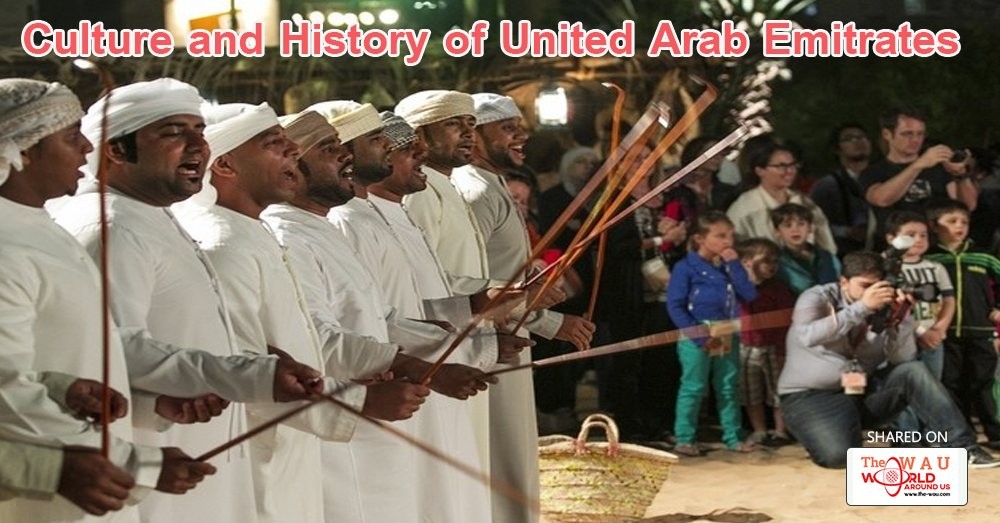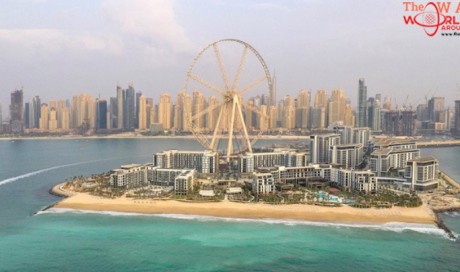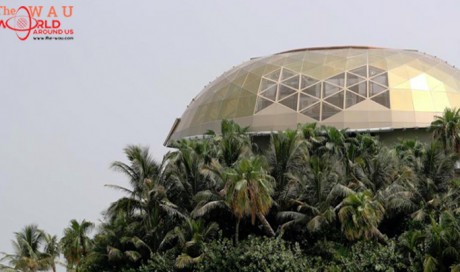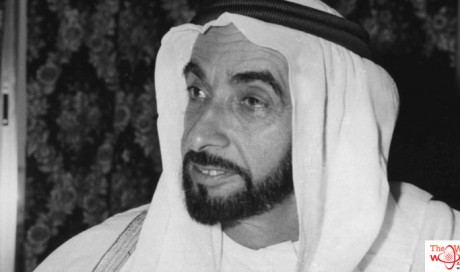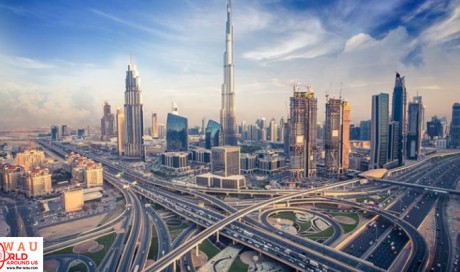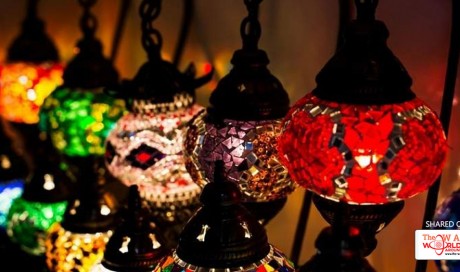Culture Name
Emirati (in Arabic, Al-Thaqafa Al-Emaratiya )
Orientation
Identification. The United Arab Emirates (UAE) consists of the seven small emirates of Abu Dhabi, Dubai, Sharjah, Ras Al-Khaimah, Ajman, Umm Al-Qaiwain, and Fujairah, which were united as a federal state on 2 December 1971. Before the establishment of the oil economy in the early 1960s, two main orientations shaped traditional Emeriati culture: the nomadic desert-oriented Bedouins with small oasis farming within the broader context of the desert economy and culture, and the sea-oriented culture that revolved around pearling and sea trading. These subcultures were economically, politically, and socially interdependent, creating a common culture and social identity. The UAE shares significant aspects of its culture with neighboring Arab countries and the larger Arab culture.
Location and Geography. The UAE covers 32,278 square miles (83,600 square kilometers) and is located on the Arabian (Persian) Gulf. It shares land borders with Oman, Qatar, and Saudi Arabia. The seven emirates vary greatly in size. Abu Dhabi represents 85 percent of the land, and the smallest emirate is Ajman. Each emirate is named after its capital city, and Abu Dhabi City is the permanent capital of the nation. The inland area is mostly desert with a few oases, and the barren Hajar Mountains run through the country. The UAE has a dry climate with very high temperatures and humidity in the summer.
Demography. Relative to its size and oil wealth, the UAE has a small population, estimated at 2,624,000 in 1997. Before 1970, the local population was tiny (estimated at eighty-six thousand in 1961) and lacked most of the technical skills needed for a modern society. The commercial production of oil triggered rapid population growth as a result of an increase in the national population from improvements in diet, health care, and living standards and the importation on a large scale of mostly male foreign laborers. The latter factor has generated a dependence on expatriate labor; the UAE has become a multiethnic society, and Emirati nationals account for only about 20 percent of the population. This has created an imbalanced population composition in favor of males; in 1997, there were 1,755,000 males and 869,000 females.
About two-thirds of the immigrants are Asians, mainly from India, Pakistan, Iran, Sri Lanka, Bangladesh, and the Philippines. The remainder are Arabs, Europeans, and Americans.
Linguistic Affiliation. The official language is Arabic. Among the immigrant population, English, Hindi, Urdu, Farsi, and Filipino are spoken. English is the language of commerce.
Symbolism. National Day symbolizes one of the most successful experiments in unity in the modern Arab world. The main metaphor is that of the family, with the president referred to as a father. The colors of the national flag—green, red, white, and black—are shared with other Arab countries. Other cultural symbols are the falcon, camel, Arabian horse, pearling boat, coffeepot, and date palm. They are used to invoke a historical community that survived harsh conditions and now enjoys the benefits of unity and prosperity. These emblems appear on banknotes, coins, and stamps.
...[ Continue to next page ]
Share This Post

